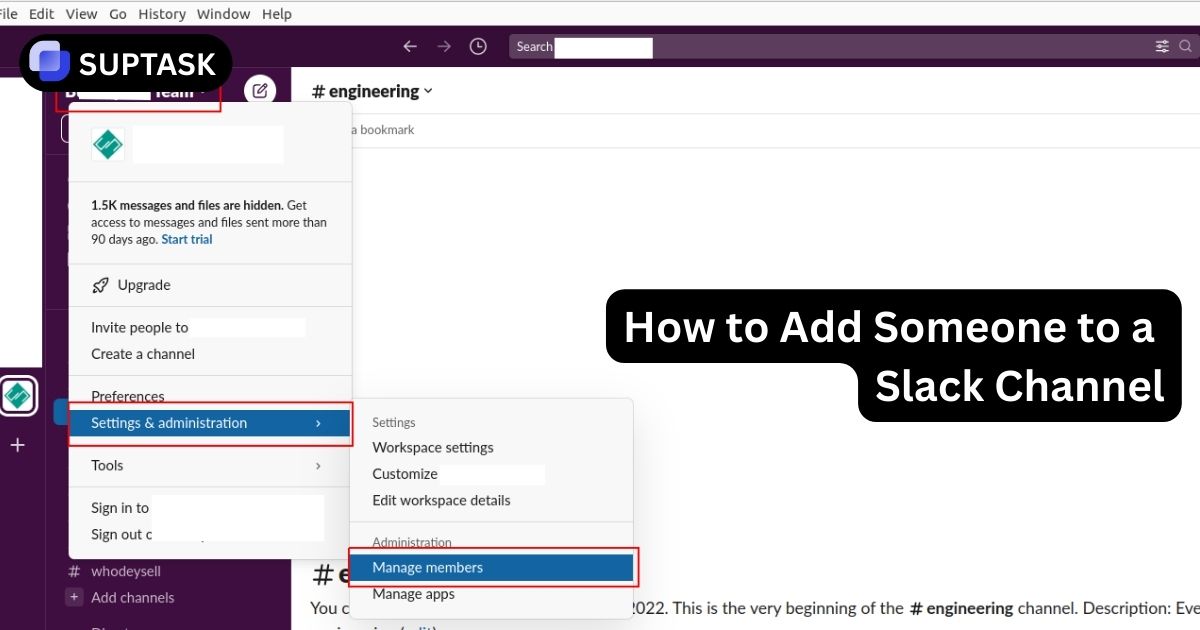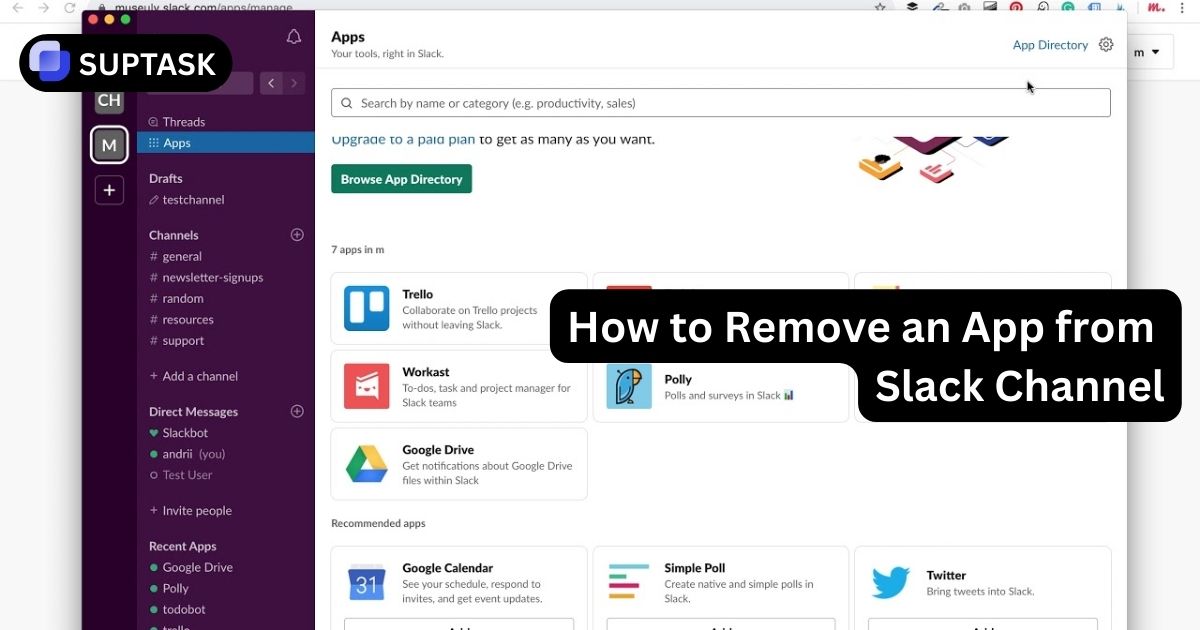Understand how your clients feel about the products or services you offer. To succeed, you need to know what customers think about your services and products.
How can valuable insights be obtained from them?
You must learn how to gather customer feedback. In this article, we will give you practical methods and strategies to engage with clients to elicit honest opinions, enabling you to make informed decisions to improve their satisfaction levels with what you provide them.
Key Takeaways
- Client remarks can reveal consumers' needs, making these remarks necessary for developing item quality.
- Surveying, monitoring online platforms, and other feedback methods help businesses enhance customer satisfaction.
- The ACAF cycle — Ask, Categorize, Act, Follow-up — ensures customer feedback leads to meaningful changes.
Relevance of Customer Feedback
.webp)
Client criticism helps organizations understand people's thoughts and feelings. It is like an unknown map that reveals good areas and areas needing improvement.
Key Uses of Feedback:
- Connect with dissatisfied customers and address their concerns.
- Correct issues promptly to turn negative experiences into positive ones.
- Use constructive criticism to improve performance and better meet customer needs.
The process is akin to having a personal trainer who identifies where you are weak and helps you improve upon those areas.”
Feedback Enables Companies To:
- Adapt products to match customer preferences.
- Adjust internal workflows based on negative feedback.
- Showcase positive feedback to attract new clients and enhance business credibility.
Tool Tip: To further enhance the opportunity to receive customer feedback directly, consider a ticketing system for customer support.
Ways of Gathering Customer Feedback: Effective Techniques
.webp)
Let’s explore eight effective methods for gathering customer feedback. Each method serves a unique purpose depending on the business context and customer interaction style.
Surveys and Questionnaires
Surveys and questionnaires are essential tools that collect both quantitative and qualitative data.
Best Practices for Effective Surveys:
- Keep them brief and specific to the responses you seek.
- Avoid sending them too frequently to prevent fatigue.
- Design for anonymity to encourage honest feedback.
- Reuse well-crafted surveys to save on future costs.
Well-organized surveys can provide deep insights into customer satisfaction and product perception.
Social Media Monitoring
Social media is a rich source of real-time customer feedback and you can use integrations to make your workflow better.
Platforms for Feedback Collection:
- TikTok
Tools like Hootsuite can help:
- Detect product mentions across platforms.
- Provide instant sentiment analysis.
- Identify emotional patterns and customer pain points.
Key Benefit: Social media allows immediate feedback, helping brands adjust quickly and build trust.
Platforms such as G2 and Trustpilot provide a goldmine of customer sentiments.
Benefits of Online Reviews:
- Offer honest customer experiences and suggestions.
- Allow for competitor analysis and market alignment.
- Serve as decision-making tools for potential customers.
Businesses should regularly monitor and respond to reviews to stay competitive and customer-focused.
In-App & Website Feedback Widgets
These widgets act like silent observers on websites and apps, collecting feedback during user interaction.
Advantages of Feedback Widgets:
- Provide specific and actionable insights.
- Do not disrupt user experience.
- Can be placed at critical touchpoints (e.g., post-purchase).
Example:
- A small pop-up asking about checkout experience just after payment.
Strategically placed widgets can capture real-time insights with minimal intrusion.
Customer Interviews and Focus Groups
For in-depth insights, nothing beats direct interaction through interviews and focus groups.
Pros of Direct Engagement:
- Encourages open-ended feedback.
- Reveals deep insights not captured through surveys.
- Allows emotional context to surface.
Interview Tips:
- Start casually to build rapport.
- Use open-ended questions for richer feedback.
Focus Group Requirements:
- Needs a skilled moderator.
- Requires active listening to extract valuable insights.
Think of these as intimate conversations that uncover detailed experiences.
Email and Transactional Communications
Emails remain a powerful tool for gathering feedback and nurturing relationships.
Strategies for Effective Email Feedback:
- Customize follow-ups post-interaction.
- Reference previous purchases for relevancy.
- Offer promotions tailored to the customer.













